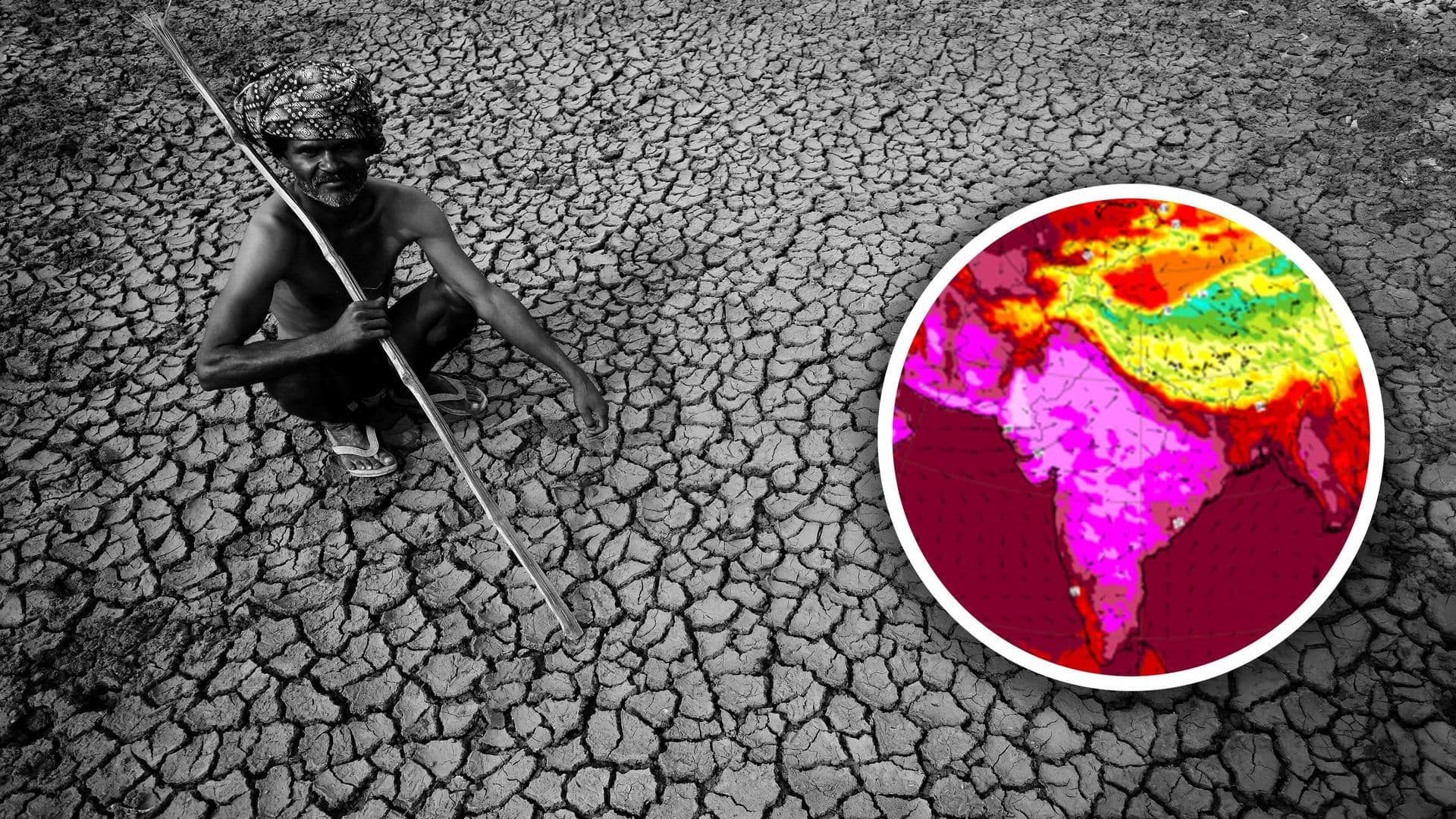
Heatwave to sweep India as February records highest-ever temperature
What's the story
After February witnessed its highest-ever maximum temperature in 122 years at 29.54 degrees Celsius, the India Meteorological Department (IMD) has predicted a heatwave between March and May. The regions expected to be most affected are northeast India, east and central India, and parts of northwest India. In light of the heatwave, the Union Health Ministry issued a list of "Dos and Don'ts" on Tuesday.
Context
Why does this story matter?
Last year, March recorded the warmest temperatures in over a century as severe heatwaves destroyed harvest and prompted widespread power outages. The temperature trend in February could result in a stunted yield, thus negatively affecting the government's attempts to curb inflation. Higher temperatures will also result in a spike in power consumption during summer, increasing the load on the countrywide power network.
Information
Number of heatwave-affected states doubled to 23
A period of abnormally high temperatures as compared to the usual temperature levels during that period is categorized as a heatwave. The number of states affected by heatwaves has more than doubled to 23 between 2015 and 2020.
Twitter Post
Central and Northwest India to be most affected by heatwave
https://t.co/28VI8wSfyc pic.twitter.com/VE3VF3vvkW
— India Meteorological Department (@Indiametdept) February 28, 2023
Temperature
Normal to below normal temperatures in peninsular India
Monthly average temperatures across the country were the highest ever recorded in the month of February since 1901. Temperatures are predicted to remain high in all parts of the country except for the peninsular region. The heatwave is forecast to sweep through most key wheat-producing areas, destroying the harvest as well as that of chickpeas and rapeseed.
Wheat
Export curbs due to reduced production will keep market tight
As the wheat crop is currently at a vulnerable stage, the temperatures in March play a crucial role in its growth. A protracted heatwave could reduce wheat production in the country for the second consecutive year, which would subsequently disrupt local food costs. Notably, India is the world's second-largest producer of wheat after China and a diminished yield would exacerbate India's export impediments.
Power
Coal-powered electricity plants asked to operate at full capacity
Power plants running on imported coal have been directed to operate at maximum capacity until May to avoid blackouts during summer. This would lessen the burden on domestic supplies as generators are already producing more power as a result of increased demand from air conditioners and irrigation pumps. Extreme weather increases demand for fossil fuels and dependence on hydropower, causing sources to dry up.